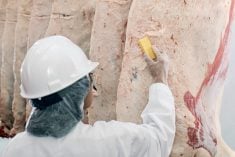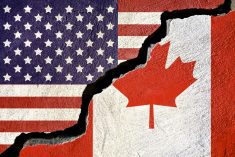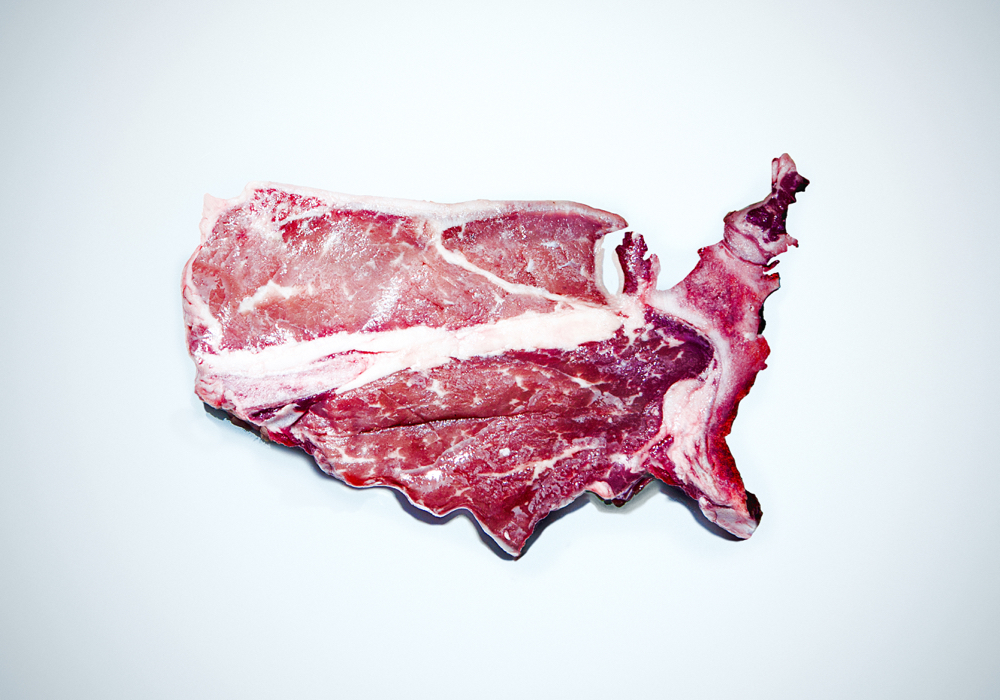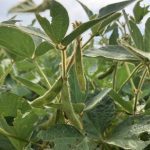Misinformation and even disinformation are not new to the U.S. beef industry. It’s fascinating, though, how the onset and impact of the coronavirus pandemic amplified the claims of critics of the industry, especially those of the beef processing sector.
Most critics claim the “Big Four” packers control more than 80 per cent of the U.S. beef supply and have increased their market share at the expense of producers. They also have claimed in the past year that the pandemic proved the industry does not have enough slaughter capacity. They argue that this will be rectified with the addition of new processing plants and the expansion of others.
Read Also
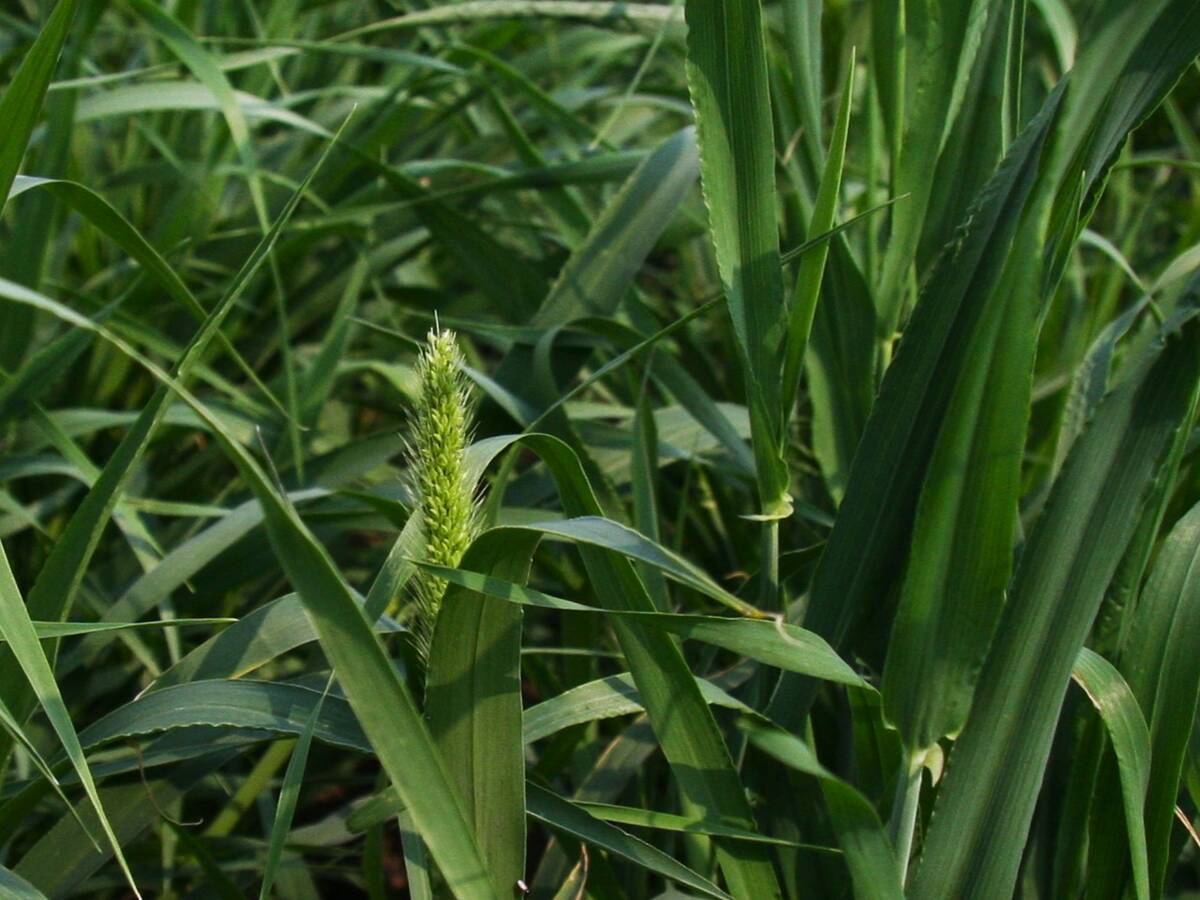
As Canadian farmers plant less barley in 2025, what does it mean for cattle feeders?
Market analyst Jerry Klassen explains what fewer barley acres means for Canadian cattle feeders in 2025-26, and other factors playing into the feed grain market.
If only any of this was correct. The facts tell another story. The four (Tyson Foods, JBS USA, Cargill and National Beef Packing) do have an 81.7 per cent share of grain-fed steer and heifer slaughter (my estimate for their 2020 share). But steers and heifers do not account for all beef produced in the U.S. Cow and bull slaughter must be added. The result is that the four have a 69.8 per cent share of total commercial cattle slaughter, a far cry from over 80 per cent.
That the market share of the major packers keeps increasing is also a fallacy. Their share in 2020 declined from 2019. The top three packers had a 2020 market share of total commercial cattle slaughter of 58.8 per cent, down from 60.4 per cent in 2019. Their share of steer and heifer slaughter declined to 67.7 per cent from 68.1 per cent in 2019. The top five packers’ share of commercial slaughter in 2020 was 75.7 per cent versus 76.1 per cent in 2019. Their share of steer and heifer slaughter was 84.3 per cent versus 83.8 per cent in 2019.
Meanwhile, daily slaughter capacity at the nation’s 30 largest beef processors increased slightly in 2021 from a year earlier. The top 30 packers currently have the capacity to process 127,915 head per day in 55 plants. That’s 1,820 head more than the total capacity of 126,095 head a year ago in 54 plants. The top five packers have a combined capacity of 97,500 head per day in 27 plants, the same as a year ago.
Add the capacity of another 38 small plants and you arrive at an industry-wide maximum capacity of just over 133,000 head per day. Let’s assume all plants run at 95 per cent of capacity. That’s a daily slaughter total of 126,350 head. Yet there was scarcely a day in 2021 that the daily kill exceeded 122,000 head.
Meanwhile, there are eight proposed projects that would expand slaughter capacity by 9,100 head per day. Three involve expansions to existing plants and five involve new plants. This added capacity will come at the time when U.S. cattle numbers might be at their lowest level in many years. As I see it, the timing of potential new entrants could not be worse.
Prominent agricultural economists see it the same way. Increasing cattle slaughter capacity with additional smaller plants will have benefits for some producers and consumers but it will not increase resilience in the supply chain overall, says University of Arkansas economist John Anderson, the lead author of a new paper published in December. Scott Brown of the University of Missouri says the new plants may find it is not the best time to open an additional packing facility. Drought in the West will likely result in fewer cattle going to slaughter just as new plants come online. In addition, they will have to have a premium for their products if they are going to stay in business longer-term, he said. I agree. But I have heard no discussion of premiums or even brands from them.




